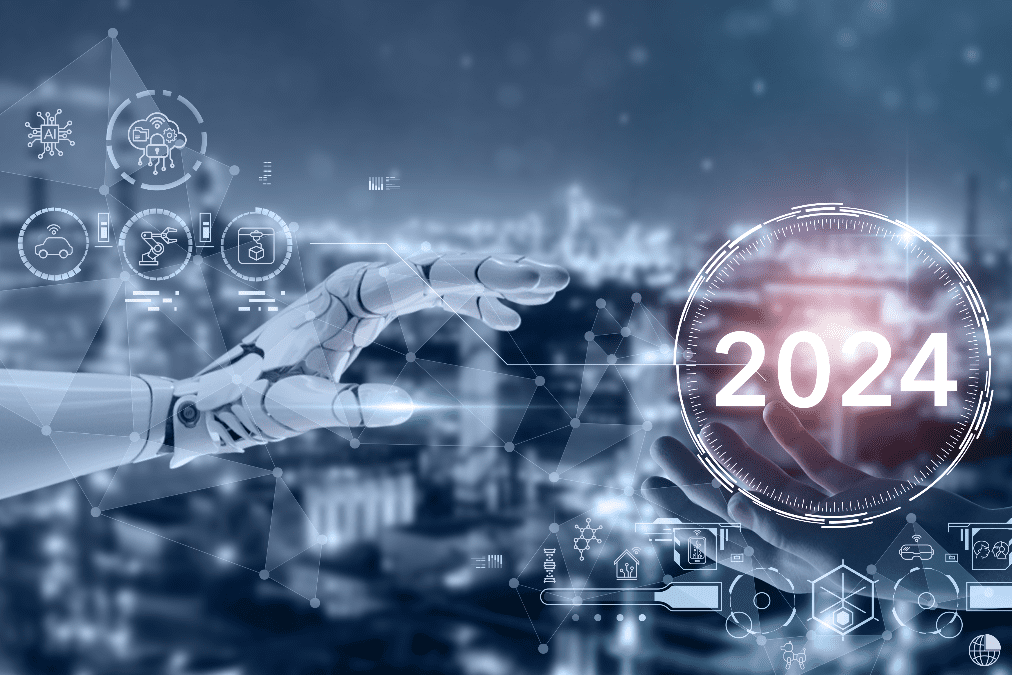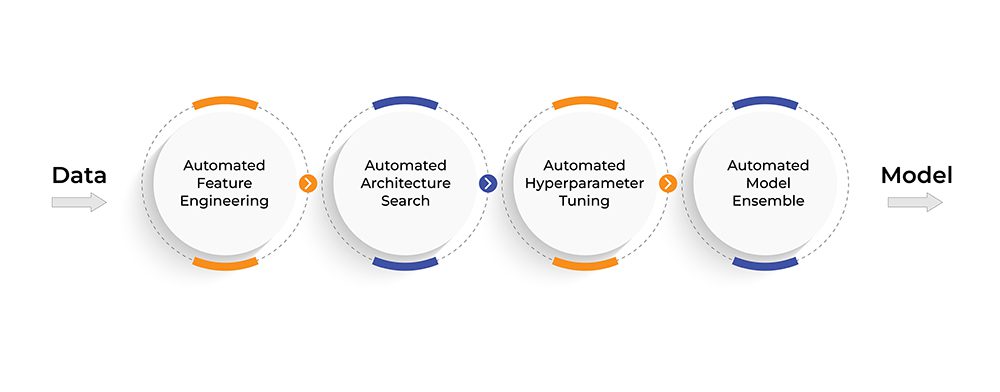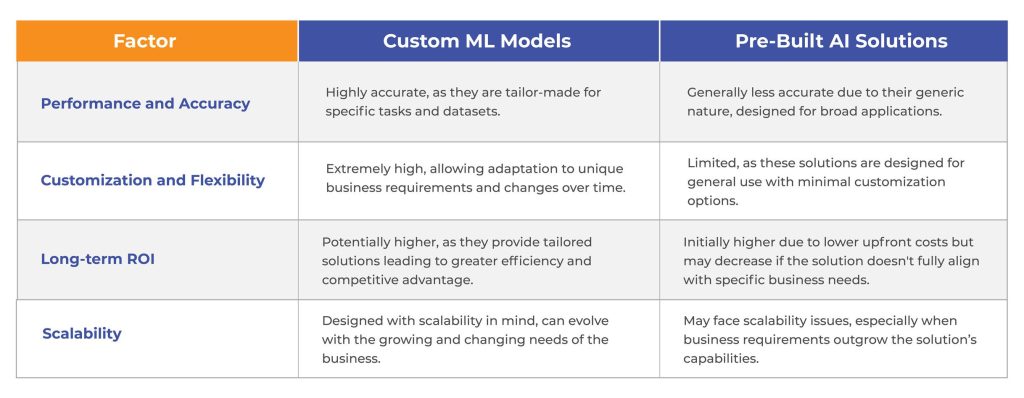In today’s hyper-competitive tech landscape, software quality and agility are no longer luxuries, but strategic imperatives. Businesses need to deliver reliable, innovative solutions at breakneck speed to stay ahead of the curve. This is where test automation emerges as a game-changer, playing a critical role in balancing quality and speed.
From Manual Drudgery to Automated Efficiency: The Evolution of Software Testing
Historically, manual testing dominated the scene, a painstaking process prone to human error and limited by sheer capacity. However, the rise of complex applications and ever-shorter release cycles demanded a more efficient solution. Enter test automation, a technique that leverages software tools to execute tests automatically, transforming the testing landscape.
Unlocking the Benefits: How Automation Boosts Quality and Agility
The advantages of test automation are manifold:
- Speed: Automate repetitive tests to free up testers for complex scenarios, enabling faster feedback and quicker releases.
- Accuracy: Eliminate human error and achieve consistent, reliable results, leading to higher quality software.
- Repeatability: Run the same tests repeatedly with ease, ensuring consistent coverage across different environments and versions.
- Cost Efficiency: Reduce manual testing efforts, freeing up resources and lowering overall testing costs.
- Early Defect Detection: Catch bugs early in the development cycle, minimizing rework and downstream costs.
- Enhanced Reliability: Automate regression testing to ensure existing functionality remains intact after new features are introduced.
Aligning with Agile Principles: Test Automation in Action
Agile methodologies thrive on rapid iteration and continuous delivery. Test automation seamlessly integrates with this philosophy:
- Continuous Integration (CI): Automate tests to run after every code change, providing immediate feedback and facilitating early defect detection.
- Continuous Delivery (CD): Integrate automated tests into CI/CD pipelines, enabling automated deployments and ensuring quality at every stage.
Challenges and Solutions: Navigating the Roadblocks
Implementing test automation isn’t without hurdles:
- Initial Setup Cost: Selecting tools and building frameworks requires upfront investment.
- Test Script Maintenance: Keeping tests updated with evolving software can be time-consuming.
- Skill Gap: Building and maintaining automation expertise requires training and investment.
However, with the right strategies, such as investing in training and choosing the right tools, these challenges can be overcome, paving the way for a smoother journey toward automation excellence. Prioritize automation efforts based on impact and feasibility. Leverage open-source tools and frameworks to minimize costs. And invest in training and building a culture of automation within the team.
Best Practices for Sustainable Success: Building a Robust Strategy
To harness the full potential of test automation, it’s crucial to have a robust strategy in place. This includes careful tool selection, framework development, and ongoing test maintenance. Integrating automated tests into the development lifecycle is not just a best practice—it’s a game changer that ensures quality is baked into your product from the get-go. For maximum impact, follow these best practices:
- Select the right tools based on your specific needs and budget.
- Develop a robust testing framework for reusability and maintainability.
- Integrate automated tests seamlessly into the development lifecycle.
- Regularly review and update test scripts to ensure relevance.
Test automation is no longer a luxury—it’s a necessity in the quest for quality and agility in software development. By embracing this powerful tool, developers and businesses alike can not only meet but exceed the ever-growing expectations of their users. The future is automated, and the future is now. If you’re looking to elevate your software’s quality and agility but aren’t sure where to start, our team at Integra is here to help. With our comprehensive Quality Engineering services, we can guide you through the complexities of test automation, ensuring your projects are not just completed, but completed with excellence. Connect with us today to see how we can transform your testing process and propel your software to new heights.














